Explore Nizwa - Oman Travel, Asia
Nizwa, often referred to as the "Pearl of Islam," is one of Oman's most treasured cities. Nestled in the heart of the Al Dakhiliyah region, Nizwa blends ancient history with vibrant modernity, making it a must-visit destination for travelers. Historically significant as Oman’s former capital, the city is a living museum of Omani culture, filled with stunning architecture, bustling markets, and welcoming locals. If you’re seeking a destination with historic forts, scenic mountain views, and its deeply rooted traditions intertwine, Nizwa is an ideal place for an unforgettable travel experience.
Population: Approximately 72,000 in 2023.
Economy: Nizwa's economy is driven by agriculture, tourism, and traditional crafts. The city is known for its production of dates, its bustling souq, and historical significance that attracts many visitors.
Landmarks: Famous for the Nizwa Fort, Nizwa Souq, and the Falaj Daris.
Oman
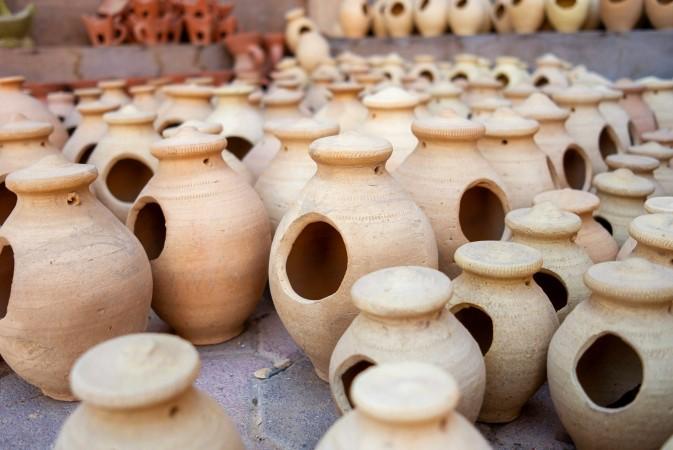
Overview of Nizwa
History & Cultural Influence
Nizwa’s history is tied with Oman’s development. As one of the oldest cities in the country, it played a crucial role in shaping Oman’s religious and cultural identity. The city served as the capital during the early Islamic period and was a key center for Ibadi learning. This religious influence is still visible today, with many mosques, Islamic schools, and libraries scattered throughout the city. Nizwa’s culture also shines through in its bustling souq, where locals have traded goods for centuries. The souq remains a cornerstone of daily life, selling everything from traditional silver jewelry to fresh produce, giving tourists a glimpse into Omani life.
Interaction with The Locals
Nizwa has a population of approximately 72,000 people, making it one of the larger cities in Oman. The citizens of Nizwa are known for their strong connection to Islamic traditions, particularly the Ibadi sect of Islam, which plays a significant role in the city’s cultural and religious life. Many locals are involved in agriculture, traditional crafts, and trade, maintaining the city’s rich cultural heritage while embracing modern development.
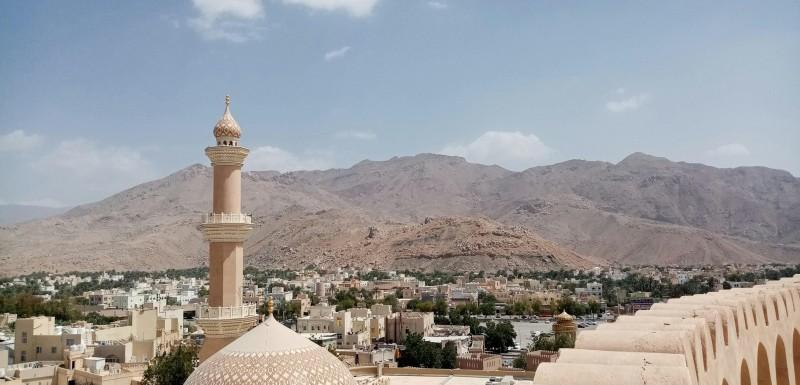
Top View from the NIzwa Fort - © Mr MaroX
Top Attractions in Nizwa
Nizwa Fort
Nizwa Fort is the city's crown jewel. This massive structure dates back to the 17th century and remains one of the most visited attractions in Oman. The fort's impressive architecture and defensive features, such as its massive circular tower, offer a glimpse into the city’s military history. Visitors can explore its many rooms, learn about Omani life in the attached museum, and enjoy panoramic views of Nizwa and the surrounding date plantations from the top of the tower.
Nizwa Souq
Right next to the fort is Nizwa Souq, a vibrant marketplace where you can find a variety of traditional goods. Known for its silver jewelry, the souq is a treasure trove for those interested in Omani handicrafts. Besides silver, you’ll find pottery, textiles, spices, and fresh produce. Early risers can witness the lively Friday livestock market, where farmers from nearby villages bring cattle, goats, and sheep to sell.
Falaj Daris
Falaj Daris is a UNESCO World Heritage site, known for its ancient irrigation system. It’s the largest falaj in Oman, and its waters have been nurturing the region’s agriculture for centuries. A visit here offers a peaceful retreat, where you can witness the ingenuity of Oman's age-old water management systems. It’s also a perfect spot for a quiet walk or picnic under the palm trees.
Jebel Akhdar
For those seeking adventure, a trip to Jebel Akhdar, part of the Hajar Mountains, is a must. Known as the "Green Mountain," this area is famous for its terraced farms, wadis, and rose gardens. Hiking trails offer spectacular views, and the cooler climate makes it an ideal escape from the heat of the desert. Whether you’re trekking or simply enjoying the view, Jebel Akhdar provides a natural contrast to Nizwa’s historical charm.
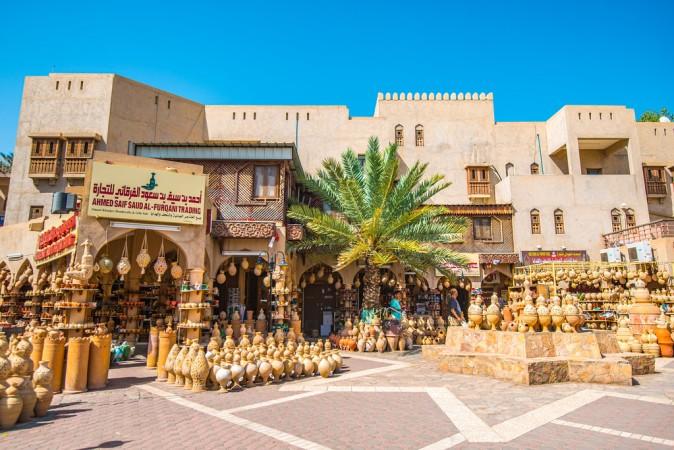
Nizwa Souq - © Flickr (@CamelKW)
Must-Try Dishes in Nizwa
Nizwa offers a flavorful introduction to Omani cuisine, where local spices and traditional cooking techniques create a distinctive culinary experience. Along with shuwa, majboos, and halwa, there are several other local dishes you should try during your visit.
- Shuwa: This dish contains slow-cooked lamb or goat marinated in a unique spice blend, wrapped in banana leaves, and buried in an underground oven for up to two days. The result is incredibly tender and flavorful meat that is usually served during festivals and celebrations.
- Majboos: A traditional Omani rice dish, majboos is cooked with fragrant spices like saffron, cardamom, and cloves that is often served with chicken, lamb, or fish and topped with roasted nuts and raisins.
- Omani Halwa: A rich, gelatinous dessert made from sugar, rosewater, saffron, and ghee, Omani halwa is a staple during special occasions. It is traditionally served with Omani coffee (kahwa) and makes an excellent sweet treat.
- Harees: Harees is a comforting dish made from wheat and meat, slow-cooked until it reaches a porridge-like consistency. It’s seasoned with simple spices and butter, offering a hearty meal often enjoyed during Ramadan or special occasions.
- Madrouba: Madrouba is a creamy and mouth watering dish with rice, chicken, and mashed lentils. It’s slow-cooked with spices until the ingredients break down, creating a comforting and rich meal, often served with pickles or yogurt on the side.
- Rukhal Bread: This traditional Omani bread is thin and soft, often served with honey, cheese, or scrambled eggs for breakfast. It's a staple food in Omani households and is typically enjoyed with a cup of kahwa.
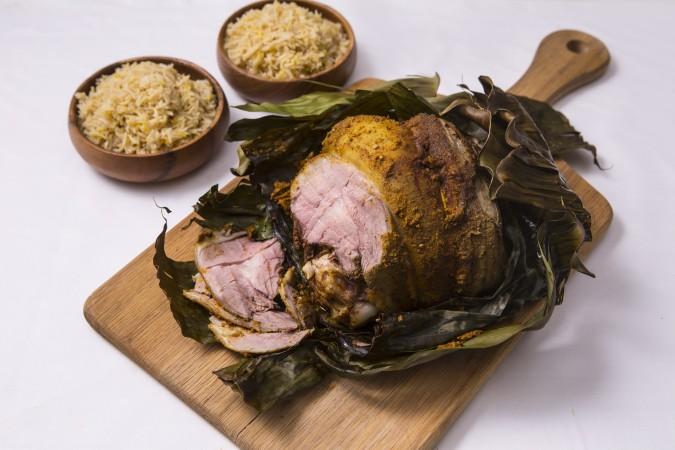
Shuwa - © Great British Chefs
Festivals & Local Celebrations
Nizwa is a city steeped in tradition, and its festivals and celebrations offer an authentic glimpse into Omani culture. Whether it's religious holidays or cultural events, these gatherings bring locals together in joy and festivity.
Nizwa Festival
The Nizwa Festival, an annual event in the city, celebrates the region's rich legacy, featuring a vibrant display of traditional music, dancing, and art. Visitors can view Omani folklore performances, craftsmen at work, and local culinary exhibitions. It's a lively event that provides a better knowledge of the city's cultural heritage.
Eid Celebrations
Eid al-Fitr and Eid al-Adha are the two most significant Islamic holidays celebrated in Nizwa. During these times, the city comes alive with special prayers at mosques, family gatherings, and feasts. Visitors during Eid will find locals preparing large meals, often featuring shuwa, and celebrating with close family and friends. The community spirit is palpable, and tourists may even receive invitations to join in the festivities.
Ramadan
Ramadan is the holy month of fasting in Islam, and Nizwa’s atmosphere becomes particularly spiritual during this time. At sunset, families meet to break their fast with iftar, a meal that is frequently shared with the neighborhood. For visitors, experiencing Ramadan in Nizwa is a unique way to observe local customs and the deep religious values of the people.
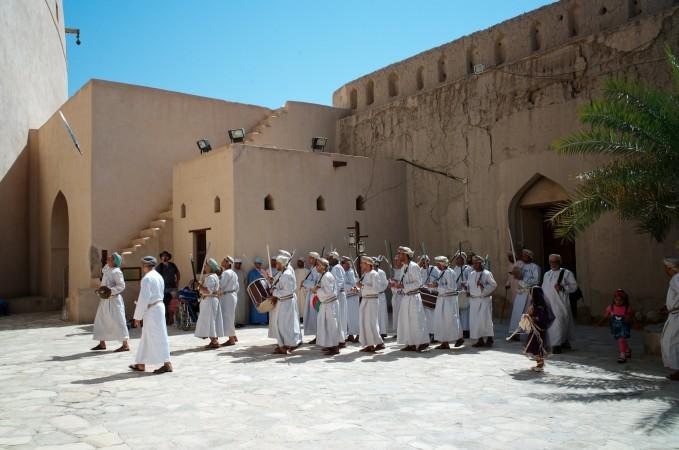
Nizwa Festival - © Julius Yls
What to Do in Nizwa
- Exploring Jebel Akhdar: Adventure lovers should not miss Jebel Akhdar, part of the Hajar Mountains. Known as the "Green Mountain," it’s famous for its terraced farms, rose gardens, and cooler climate. Visitors can enjoy hiking paths, see the breathtaking environment, or simply unwind in this mountain getaway.
- Cultural Tours: Explore Nizwa Fort, learn about the city’s role in Oman’s history, and dive into the traditional life at the souq. Cultural tours often include nearby villages like Bahla and Al Hamra, where travelers can witness ancient architecture, pottery-making, and falaj irrigation systems.
- Desert Safaris: Visitors can embark on desert safaris, experiencing dune bashing, camel riding, and even staying overnight in Bedouin-style camps. The desert offers a stunning contrast to Nizwa’s greenery and historical sites, providing a well-rounded Omani adventure.
- Exploring Falaj Daris: Recognized as a UNESCO World Heritage site, Falaj Daris is the largest of Oman’s ancient irrigation systems. Visitors can take peaceful walks along the falaj, observe the ingenious water channels that have supported agriculture for centuries, and enjoy a picnic under the date palms.
Shopping in Nizwa
- Nizwa Souq: The Nizwa Souq is the city’s main marketplace and a must-visit for any traveler. Here, you can find a wide selection of traditional Omani products, including handcrafted silver jewelry, pottery, and textiles. The souq is particularly famous for its khanjars—traditional Omani daggers—which are often passed down through generations as family heirlooms.
- Handcraft Stores: In addition to the famous khanjars and silver jewelry, these stores offer a range of handmade goods. Pottery from nearby Bahla, a UNESCO World Heritage town, is particularly sought after, as are the woven baskets and textiles made by local artisans. These items make unique and meaningful souvenirs.
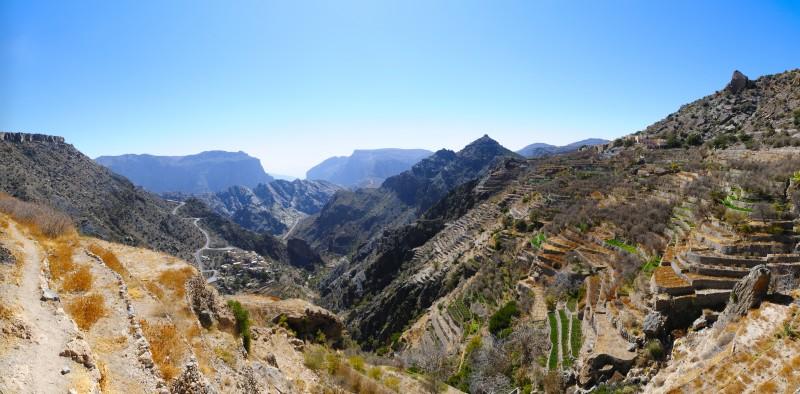
Exploring Jebel Akhdar - © PHILIPP WEIGELL
Weather in Nizwa: Best Time to Visit
Spring in Nizwa
Spring in Nizwa brings a rise in temperatures after a cold winter, with daytime highs reaching between 25°C to 35°C (77°F to 95°F). The weather remains comfortable in March and early April, making it a great time for sightseeing before the heat intensifies. If you're planning on visiting Nizwa in spring, schedule the outdoor activities in the morning or late afternoon to avoid the midday heat. Spring is also the season for rose harvesting in Jebel Akhdar, making it a unique time to visit the mountain for its famous rosewater distilleries.
Summer in Nizwa
Summer in Nizwa is hot and dry, with daytime temperatures often exceeding 40°C (104°F). The intense heat can make outdoor activities challenging, especially during the midday hours. If you visit during summer, focus on indoor attractions like museums or take refuge in the shaded areas of Nizwa Souq. The mountains, such as Jebel Akhdar, offer a cooler escape, with temperatures there often 10-15°C lower than in the city.
Autumn in Nizwa
Autumn marks a shift from the severe heat of summer to more comfortable temperatures, with daytime highs ranging from 30°C to 35°C (86°F to 95°F). The weather cools down significantly by late October, making it an ideal time to begin exploring Nizwa’s outdoor attractions again. While it’s still warm, the lower humidity makes sightseeing more comfortable, and it’s an excellent time for visiting historical landmarks, enjoying the souq, or taking short hikes.
Winter in Nizwa
Winter is the most pleasant time to visit Nizwa, with daytime temperatures ranging from 20°C to 25°C (68°F to 77°F). This season is perfect for exploring Nizwa’s outdoor attractions, including Nizwa Fort, the souq, and nearby mountains like Jebel Akhdar. The clear skies and mild temperatures make winter ideal for hiking and other outdoor adventures.

Jabal Akhdar Reserve - © Times of Oman
Essential Travel Information
Getting Around Nizwa
- Walking: Once in Nizwa, many of the city’s attractions, such as the Nizwa Fort and Souq, are located within walking distance from each other, making it easy to explore the central area on foot.
- Taxis: For longer distances within the city, taxis are readily available. It’s common practice to agree on a fare before starting the journey, as taxis in Nizwa typically don’t use meters. Taxis can also be arranged for day trips to nearby villages and sites.
- Car Rentals: For travelers who want to explore the surrounding areas and venture into the mountains, renting a vehicle is a convenient option. A 4x4 vehicle is recommended for those planning to visit rugged areas, such as Jebel Akhdar or Jebel Shams. With well-maintained roads and clear signage, driving in and around Nizwa is generally easy.
ATM & Banking Services
Nizwa offers convenient access to ATM and banking services for travelers. ATMs are widely available in the city center and near popular attractions, accepting most international cards for easy cash withdrawals in Omani Rials. Currency exchange services can be found at various banks and exchange offices, allowing tourists to exchange their money quickly and efficiently. While larger establishments such as hotels and restaurants typically accept credit cards, smaller shops, local markets, and souq vendors often prefer cash payments.
Where to Stay in Nizwa
- Luxury Hotels: For visitors looking for a premium experience, Nizwa has a selection of luxury hotels that combine modern amenities with traditional Omani architecture. These hotels offer high-end services such as fine dining, spa treatments, and breathtaking views of the surrounding mountains.
- Mid-Range Options: For those seeking comfort without the premium price tag, mid-range hotels provide excellent services. These accommodations offer clean, spacious rooms and essential amenities like pools and restaurants, making them ideal for families and couples. They also often feature a blend of modern conveniences with Omani charm, providing a comfortable stay for tourists.
- Traditional Omani Guesthouses: For a more authentic experience, consider staying in a traditional Omani guesthouse or homestay. These accommodations are typically run by local families and offer a unique opportunity to experience Omani culture up close. Guesthouses in nearby villages provide a quiet retreat and a glimpse into rural Omani living.
Articles for you
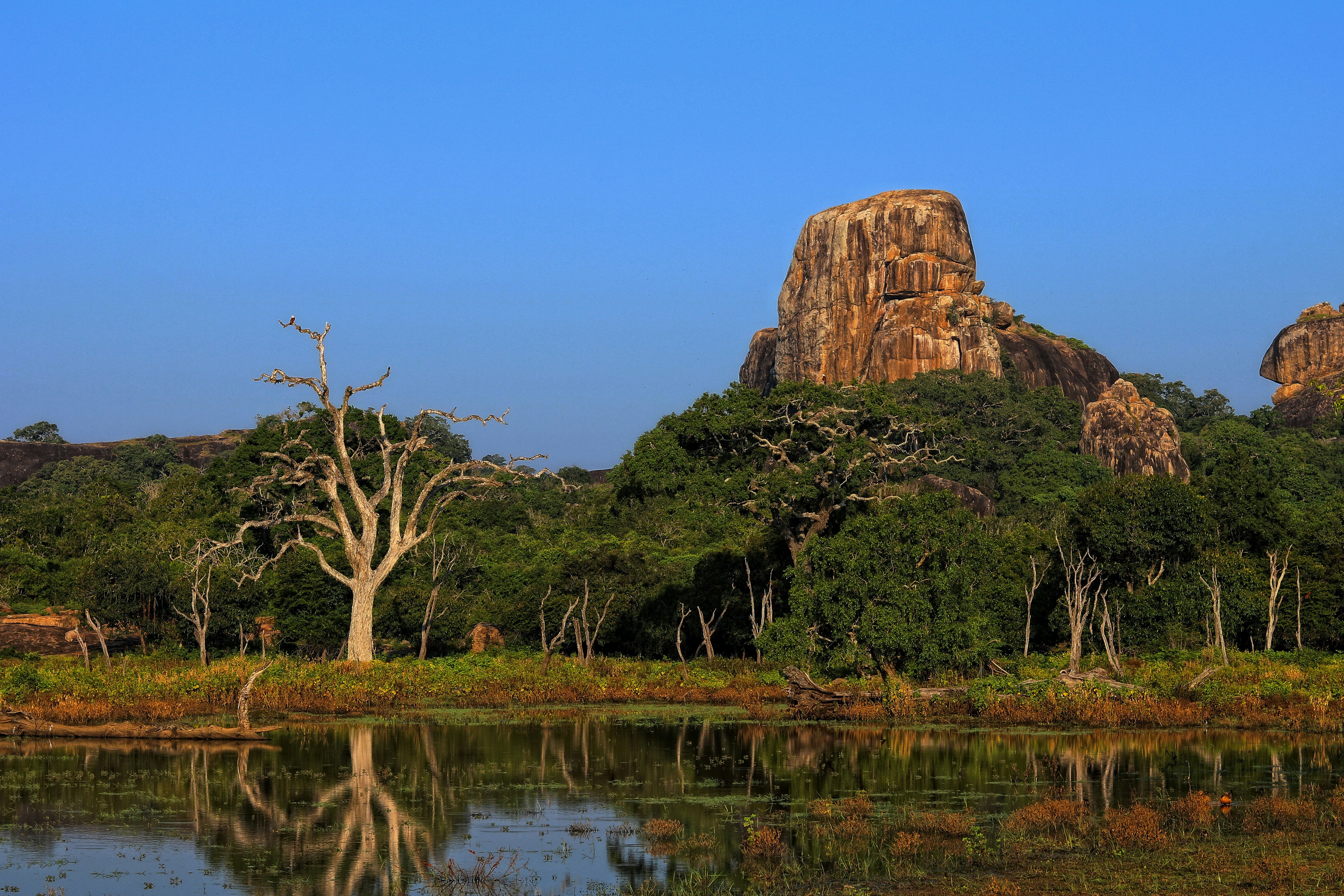
Explore Yala National Park - Sri Lanka Travel, Asia
Tucked away in Sri Lanka’s southeastern corner, Yala National Park is where wild nature meets deep tradition. Known worldwide for its leopard population, the park is also home to elephants, sloth bears, crocodiles, and hundreds of bird species. Beyond wildlife, Yala opens doors to a cultural landscape dotted with ancient temples, Buddhist ruins, and coastal villages. For travelers seeking more than just a safari, Yala offers a chance to explore eco-tourism, local communities, and sacred heritage sites.
Population: The Yala National Park area doesn’t have a human population.
Economy: The economy around Yala National Park thrives on a blend of eco-tourism, agriculture, and local services. Safari tours, eco-lodges, and cultural experiences drive steady income for nearby towns like Tissamaharama and Kataragama, supporting thousands of families.
Landmarks: Famous for Block I of Yala and wildlife encounters, including elephants, sloth bears, crocodiles, and exotic bird species.
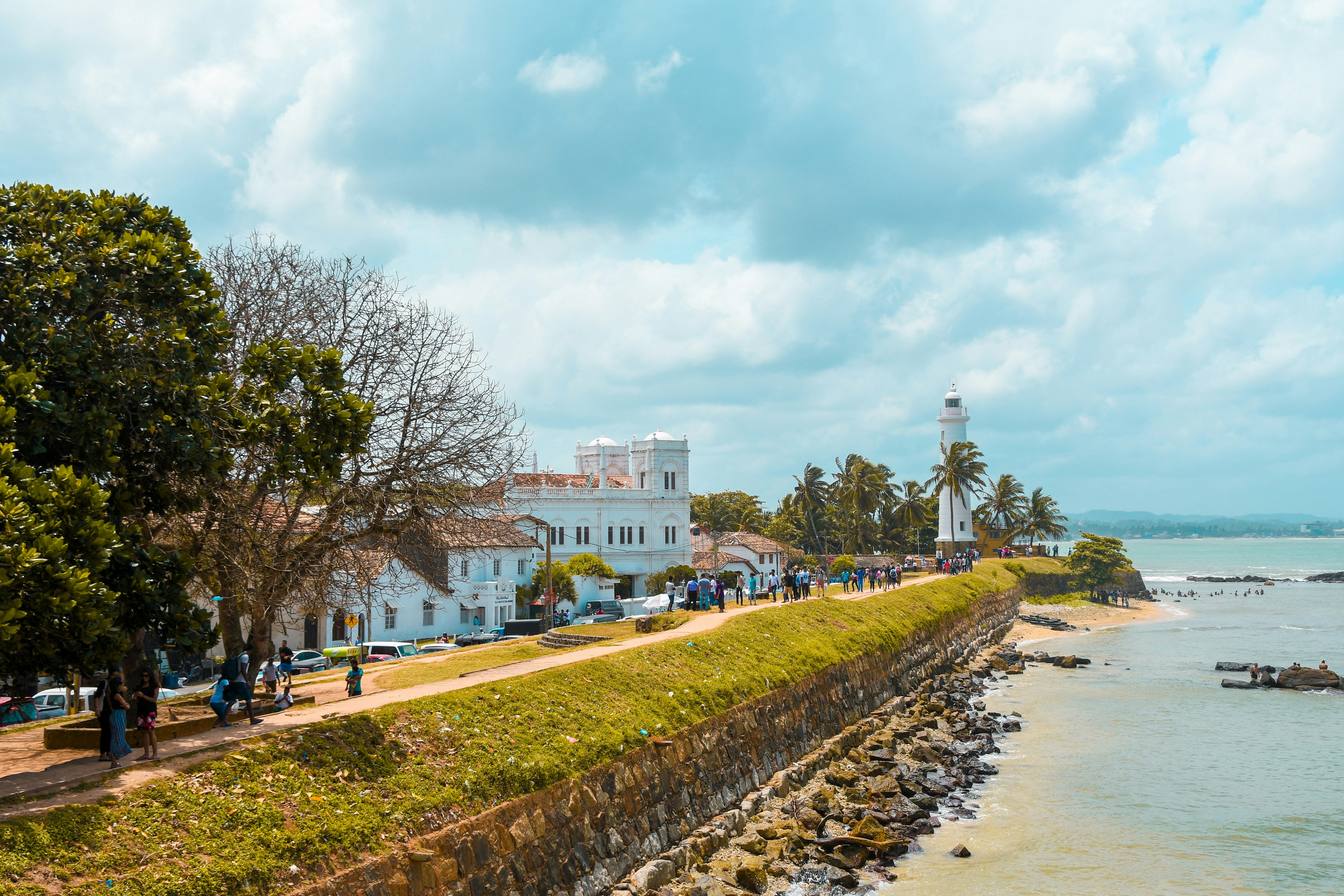
Explore Galle - Sri Lanka Travel, Asia
Nestled on Sri Lanka’s southern coastline, Galle is a vibrant city where history meets the sea. Its cobbled streets, colonial architecture, and serene beaches make it a must-visit destination for travelers seeking a blend of culture, adventure, and relaxation. A UNESCO World Heritage site, Galle captivates visitors with its Dutch Fort, bustling markets, and friendly locals. Whether you’re exploring the ramparts at sunset or savoring fresh seafood by the shore, Galle promises an unforgettable journey into Sri Lanka’s heritage.
Population: Approximately 113,000 in 2023.
Economy: Galle’s economy thrives on tourism, trade, and fisheries. The city’s historic fort, colonial architecture, and coastal charm draw thousands of international visitors each year, making tourism its main economic driver. Fishing remains vital for local livelihoods, supplying fresh seafood across the region.
Landmarks: Famous for the Galle Fort, Dutch Reformed Church & Maritime Museum, and Unawatuna Beach.
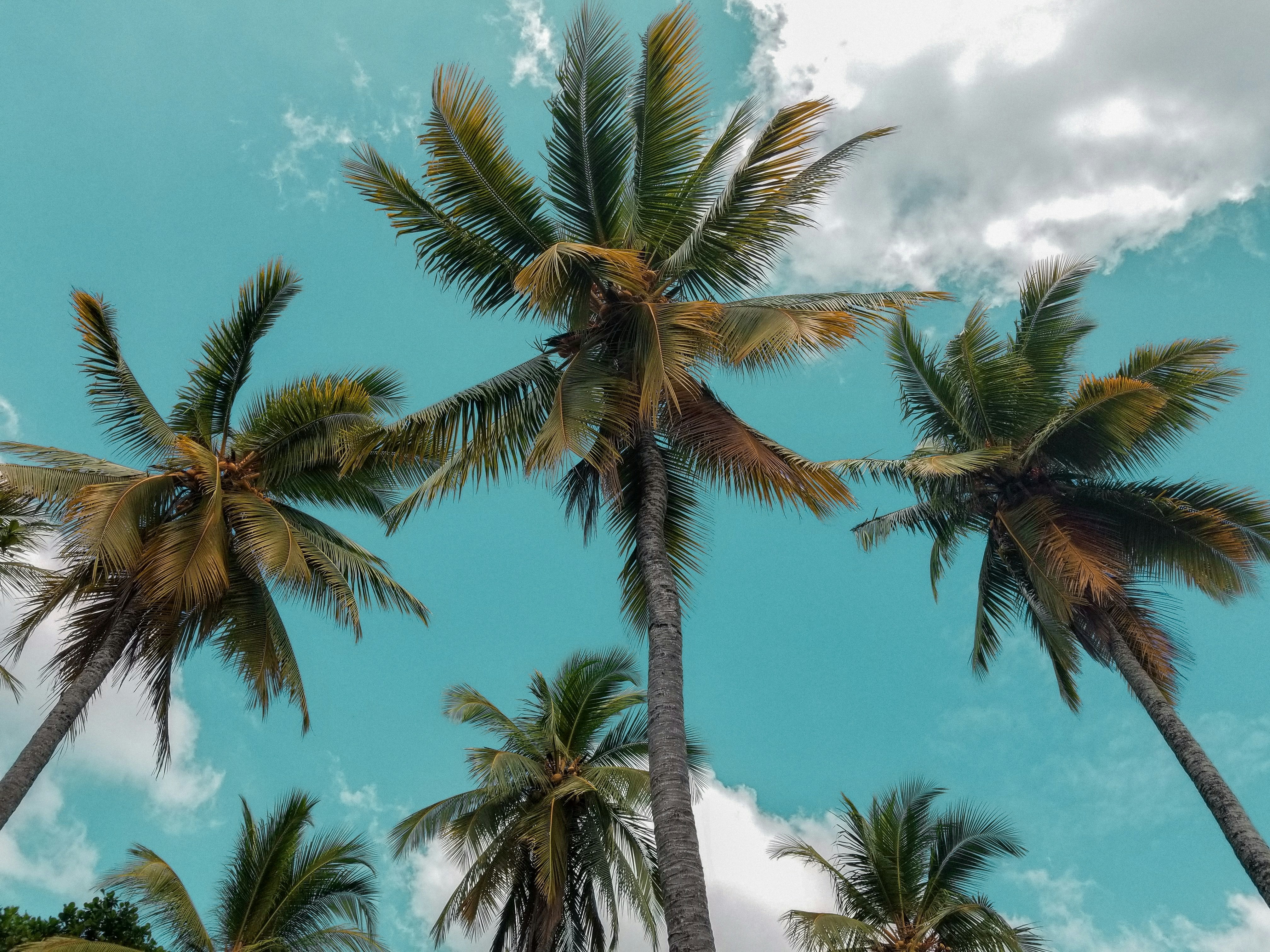
Explore Bentota - Sri Lanka Travel, Asia
Nestled along Sri Lanka’s southwestern coast, Bentota is a tropical paradise that blends golden beaches, vibrant culture, and thrilling adventures. Famous for its calm waters, luxury resorts, and scenic river estuary, Bentota has become a top destination for travelers seeking both relaxation and authentic experiences. From serene beach walks at sunrise to adrenaline-pumping water sports, this coastal town offers a perfect balance of leisure and exploration. With its proximity to Colombo and Galle, Bentota is easy to reach, making it an ideal stop for both short escapes and extended holidays.
Population: Approximately 37,000 in 2023.
Economy: Bentota’s economy thrives mainly on tourism, which drives local businesses such as hotels, restaurants, and wellness retreats. The town also benefits from fishing, coconut cultivation, and handicrafts like wood carving and batik textiles. Many residents rely on the growing demand for water sports and Ayurvedic treatments, making tourism the backbone of both income and employment in the area.
Landmarks: Famous for Bentota Beach, Bentota River Safari, and Kande Vihara Temple.
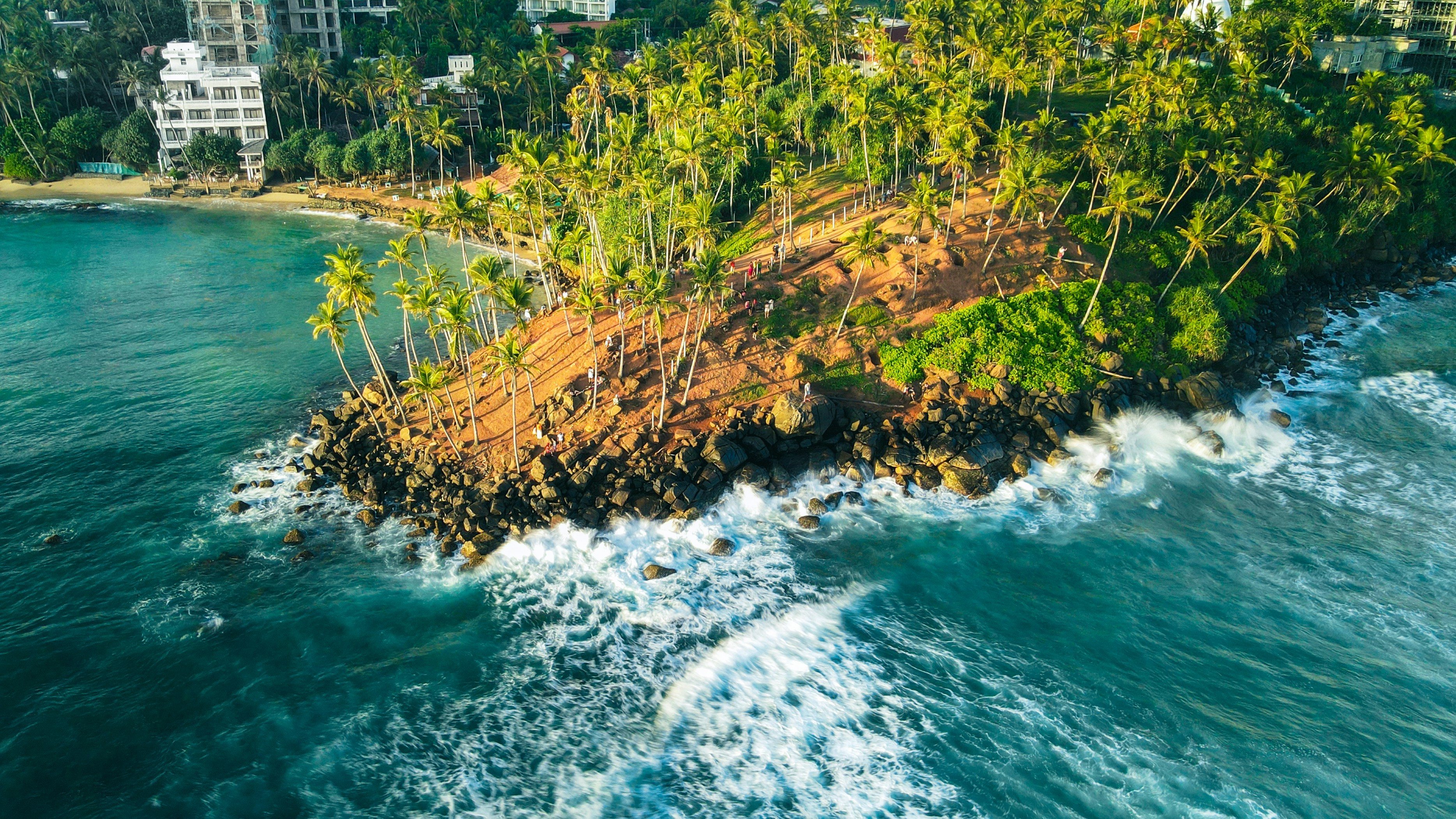
Explore Mirissa - Sri Lanka Travel, Asia
Mirissa is a charming coastal town on Sri Lanka’s southern shoreline. Known for its golden beaches, turquoise waters, and vibrant marine life, it has become a must-visit stop for travelers exploring the island. Many come for whale watching, surfing, and sunset views at Coconut Tree Hill, but Mirissa offers much more than postcard beauty. The fishing boats you see anchored by the bay carry generations of stories. Local traditions, delicious cuisine, and a laid-back rhythm of life shape every visitor’s experience.
Population: Approximately 4,700 in 2023.
Economy: Mirissa’s economy is largely shaped by its coastal location. Fishing has long been the backbone of local livelihoods, with generations relying on the Indian Ocean for income. In recent decades, tourism has become the main driver of growth, thanks to whale watching, surfing, and beachside hospitality.
Landmarks: Famous for Mirissa Beach, Coconut Tree Hill, and Parrot Rock Bridge.
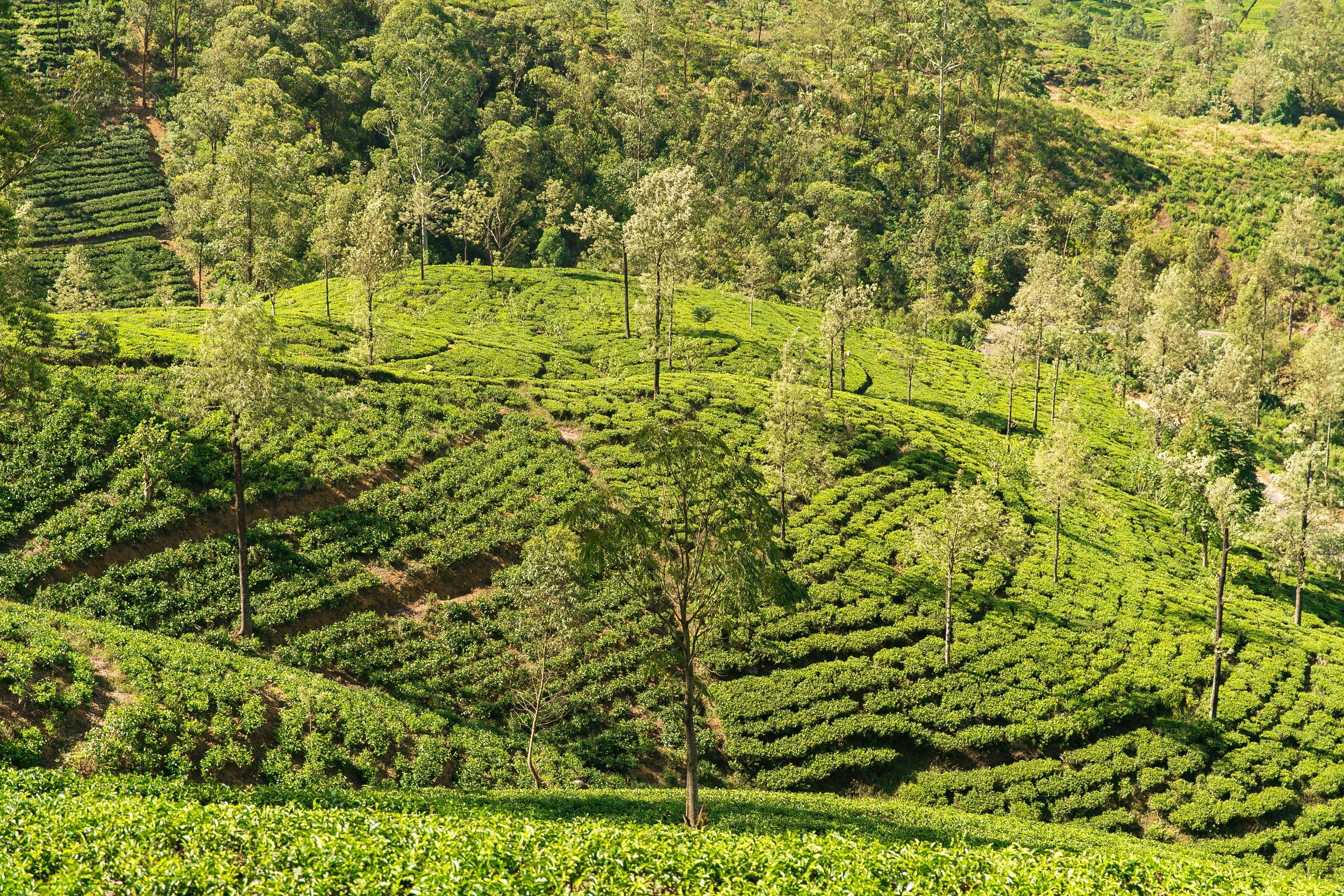
Explore Nuwara Eliya - Sri Lanka Travel, Asia
Tucked away in the Central Highlands of Sri Lanka, Nuwara Eliya is often called “Little England”. With its rolling tea plantations, cool misty mornings, and colonial charm, this mountain town feels like a step into another world. Travelers come here to breathe fresh air, walk through flower gardens, sip the finest Ceylon Tea, and enjoy a pace of life far from the island’s busy cities. Whether you’re drawn by scenic landscapes, heritage architecture, or the warmth of its people, Nuwara Eliya is a destination that blends nature, culture, and history in perfect harmony.
Population: Approximately 781,000 in 2023.
Economy: Nuwara Eliya’s economy thrives mainly on tea production, as it sits in the heart of Sri Lanka’s central highlands, famous worldwide for Ceylon Tea. The city also benefits from a growing tourism industry, attracting visitors with its colonial charm, cool climate, and scenic landscapes.
Landmarks: Famous for Gregory Lake, Hakgala Botanical Garden, and Victoria Park.
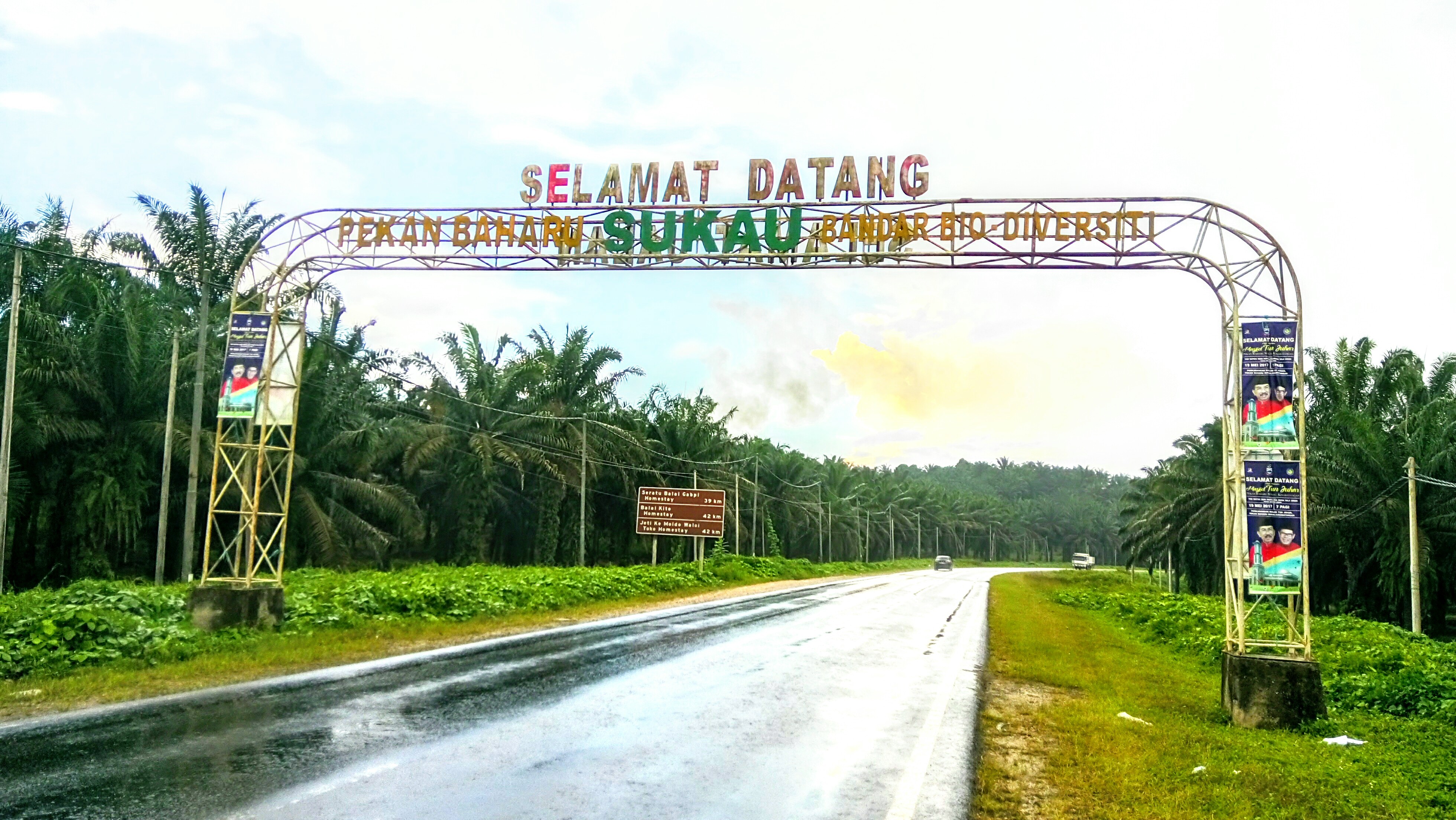
Explore Sukau - Malaysia Travel, Asia
Nestled on the banks of the Kinabatangan River in Sabah, Malaysian Borneo, Sukau is a destination where wildlife, culture, and conservation come together. Known as one of Asia’s top spots for river safaris and eco-tourism, this quiet village offers a front-row seat to encounters with Bornean orangutans, pygmy elephants, proboscis monkeys, and exotic birdlife.
Population: Approximately 1,400 in 2019.
Economy: Sukau’s economy is shaped by its riverine location and natural resources. Traditionally, the Orang Sungai community relied on fishing, small-scale farming, and forest gathering for their livelihood. Today, the village has shifted toward eco-tourism, with river cruises, jungle trekking, and homestays providing income.
Landmarks: Famous for the Kinabatangan River cruises, Gomantong Caves, and Ox-bow lakes and wetlands.
